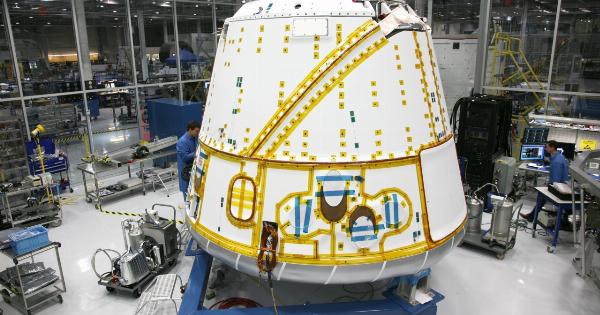The idea of transplanting organs from animals into humans is not new – pig liver transplants have been carried out successfully for several decades now, and pig heart transplants have been performed in baboons with encouraging results.
However, using pig organs in humans has been limited by the fact that pig organs contain a carbohydrate called alpha-gal, which can cause an immune response in humans. But now, scientists are making progress in overcoming this hurdle, and many believe that pig heart transplants could become a reality within the next three years.
The problem with pig organs in humans
The immune system is designed to recognize and destroy anything that it sees as “foreign”.
While this is a useful function in protecting us from harmful pathogens, it also means that transplanted organs from animals are often rejected by the human body. One of the main reasons for this is the presence of alpha-gal, a carbohydrate that is found in the cells of most mammals, but not in humans.
When the human immune system detects alpha-gal in a transplanted organ, it mounts an attack that can cause the organ to fail.
Overcoming the alpha-gal barrier
Over the past few years, researchers have been working on ways to overcome the problem of alpha-gal in pig organs. One approach has been to genetically-engineer the pigs to remove the alpha-gal gene from their cells.
While this sounds like a good solution in theory, it is difficult to achieve in practice, and there are still concerns about the long-term safety of using genetically-modified organisms in human medicine.
Another approach has been to use a technique called “gene editing” to remove the alpha-gal gene from pig cells. Gene editing involves using a tool called CRISPR to cut out specific sections of DNA and replace them with desired sequences.
While gene editing is still a relatively new technology, it has shown promise in early studies, and many scientists believe that it could be a key tool in overcoming the alpha-gal barrier.
Pig heart transplants in baboons
While it may be a few years before human trials of pig heart transplants begin, researchers have already made progress in testing the safety and efficacy of pig organs in non-human primates.
In 2018, a team of scientists at the National Institutes of Health (NIH) in the US successfully transplanted pig hearts into baboons, which survived for up to 6 months with no signs of rejection. While this is still a long way from human trials, it is an important step towards making pig heart transplants a reality.
Challenges ahead
While the progress being made in the field of xenotransplantation is exciting, there are still many challenges and questions that need to be addressed.
For example, there are concerns about the risk of transmitting diseases from pigs to humans, and the ethical implications of using animals in this way. There are also technical challenges involved in making sure that pig organs are compatible with the human immune system, and that they can be safely implanted and function properly in the human body.
The future of xenotransplantation
If successful, pig heart transplants could help to address the growing problem of organ shortages around the world. Every year, thousands of people die waiting for organs that are never available.
By using pig organs instead, it may be possible to save many lives and improve the quality of life for millions of people. But while the possibility of pig heart transplants is exciting, we must also be cautious and thoughtful about the potential risks and ethical concerns involved.
In conclusion
The possibility of pig heart transplants in humans within the next three years is a promising development in the field of xenotransplantation.
While there are still many challenges and questions that need to be addressed, the progress being made in overcoming the alpha-gal barrier and testing pig organs in non-human primates is encouraging. If successful, pig heart transplants could be a game-changer for the thousands of people around the world who are waiting for organ transplants.



























